Frequent WiFi disconnections after updating to Windows 11 24H2 disrupt everything from streaming and gaming to remote work. Users report issues like the WiFi adapter disappearing, random disconnects especially during high network activity, and the need to restart the PC multiple times a day just to restore connectivity. These problems often persist even after trying standard solutions like basic troubleshooting or resetting the router. Addressing this issue requires a combination of driver updates, power management adjustments, network settings changes, and, in some cases, hardware checks.
Update WiFi Drivers for Compatibility
Step 1: Download the latest WiFi adapter drivers directly from your laptop or WiFi card manufacturer’s official website. Outdated or incompatible drivers are a leading cause of disconnections after major Windows updates.
Step 2: Open Device Manager by right-clicking the Start button and selecting it from the menu.
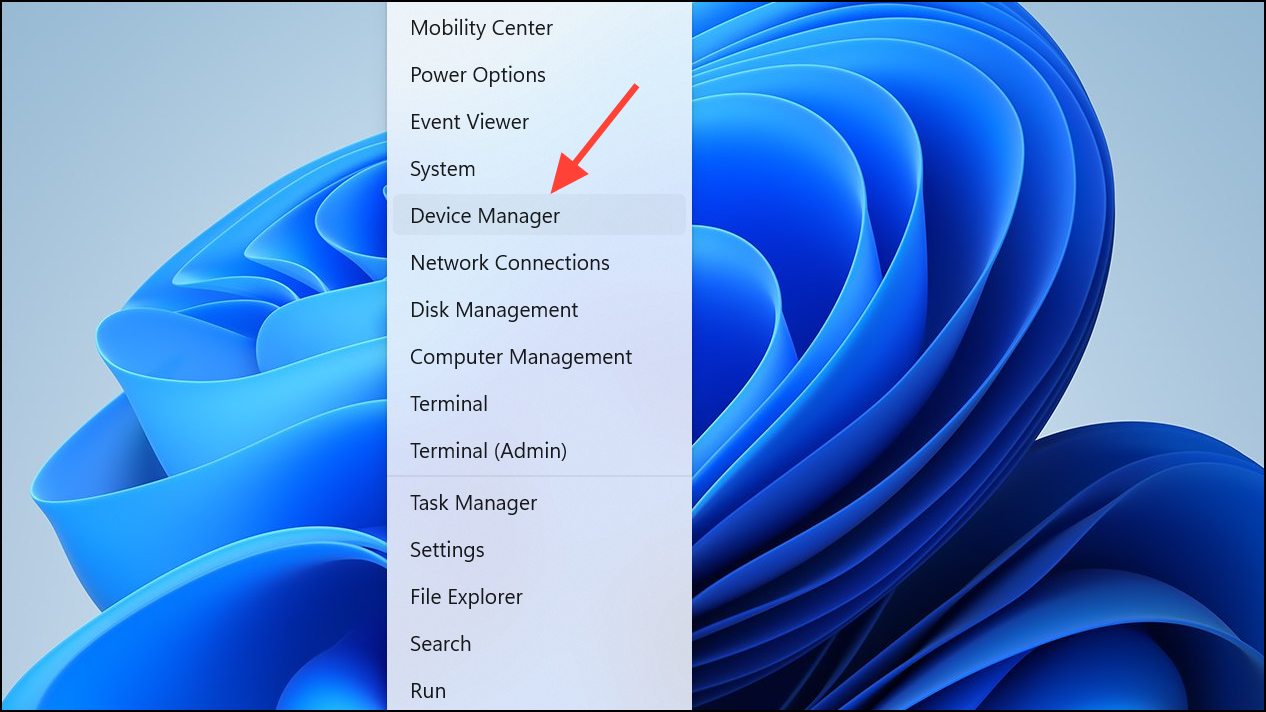
Step 3: Expand the Network adapters section, right-click your WiFi device, and choose Update driver. Select Browse my computer for drivers if you downloaded the driver manually, or Search automatically for drivers for a quick check.
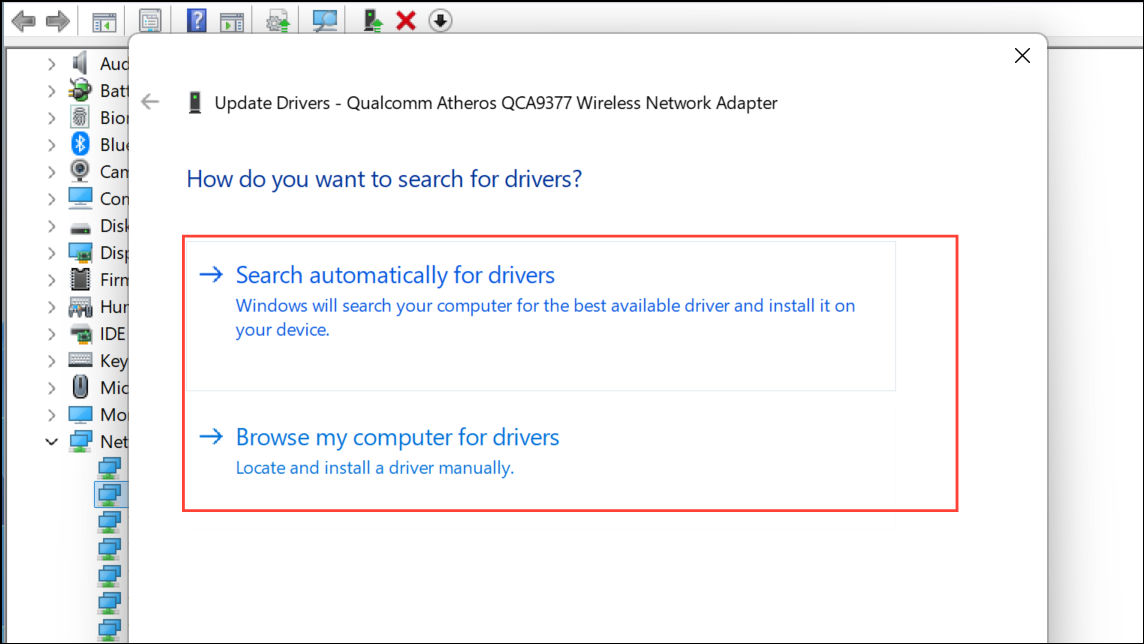
Step 4: Reboot your PC to apply the updated driver. This step ensures the new driver replaces the problematic version and can resolve persistent disconnects caused by software incompatibility.
Adjust Power Management Settings
Step 1: In Device Manager, right-click your WiFi adapter and select Properties.
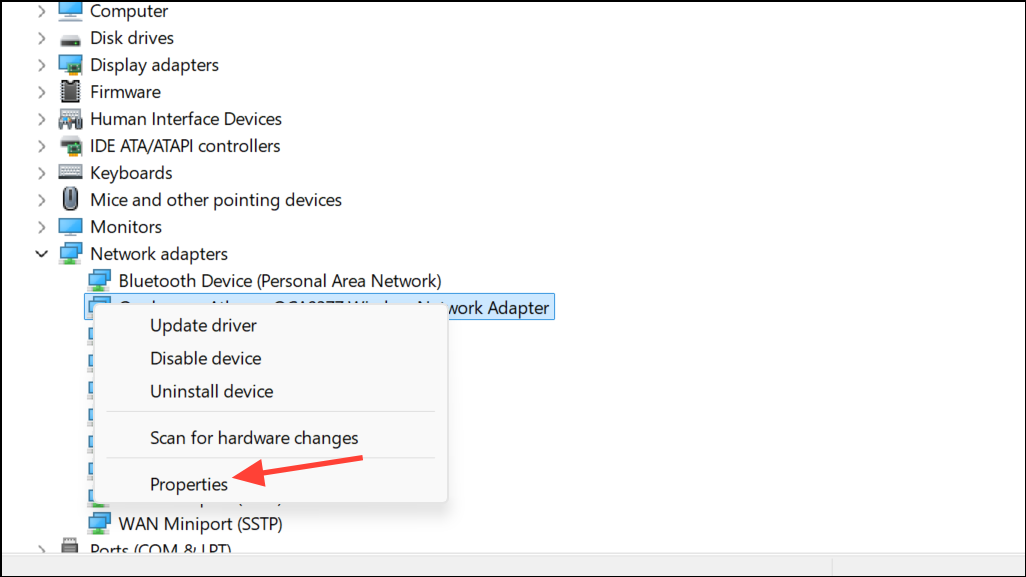
Step 2: Go to the Power Management tab. Uncheck Allow the computer to turn off this device to save power. This setting can cause Windows to disable the WiFi adapter during periods of inactivity or high resource use, resulting in unexpected disconnects—especially on laptops.
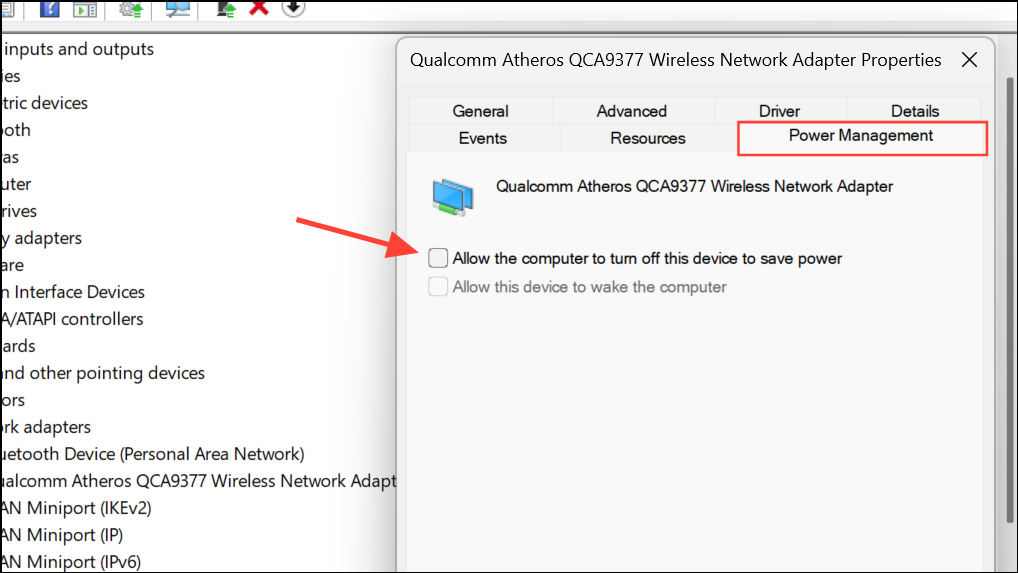
Step 3: Click OK and restart your computer. This adjustment keeps your WiFi adapter active, reducing sudden drops caused by aggressive power saving features.
Reset Network Settings and Flush DNS
Step 1: Open Settings > Network & Internet > Advanced network settings and select Network reset. This will remove and reinstall all network adapters, clearing out conflicts or corrupted settings introduced by updates.
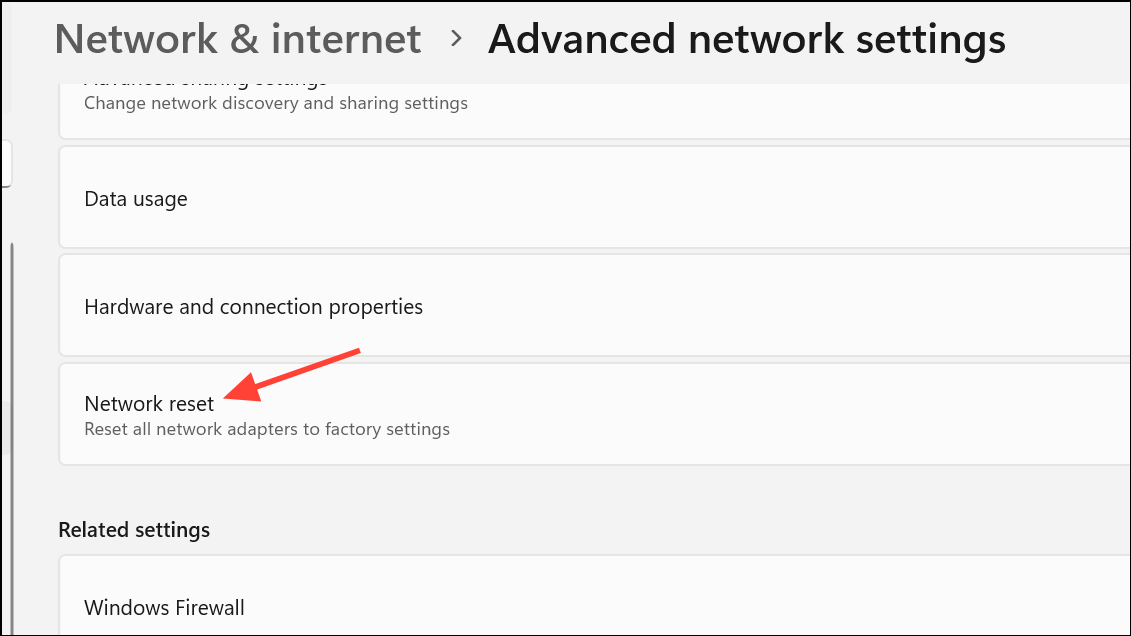
Step 2: After your PC restarts, reconnect to your WiFi network and enter the password if prompted.
Step 3: For extra reliability, open Command Prompt as administrator and run these commands one at a time to reset network stacks and clear DNS cache:
netsh winsock reset
netsh int ip reset
ipconfig /release
ipconfig /renew
ipconfig /flushdns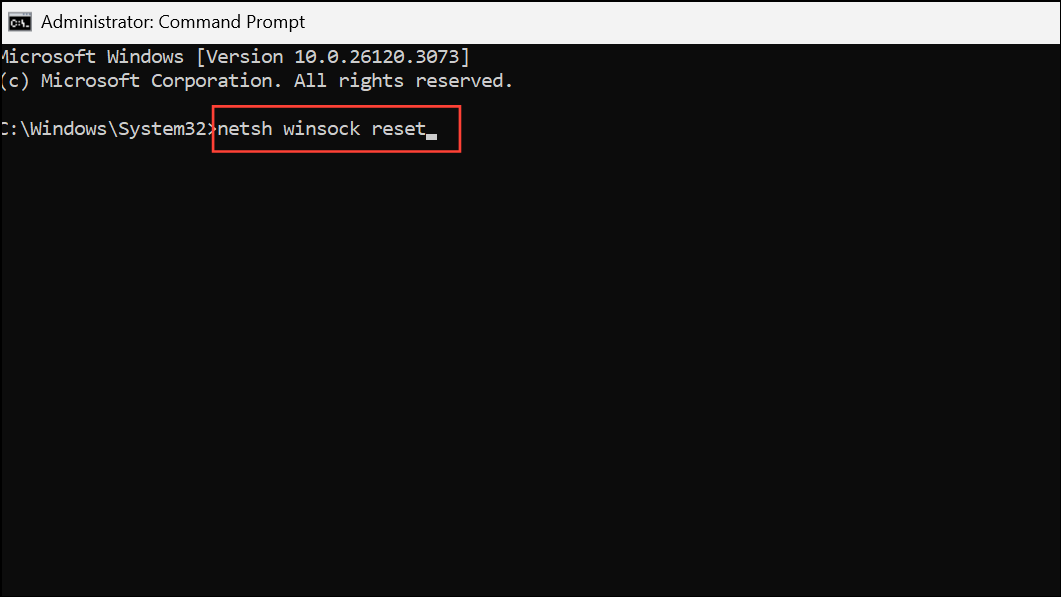
This step resolves lingering network configuration issues that can cause intermittent disconnections.
Fine-Tune WiFi Adapter Advanced Settings
Step 1: Go back to Device Manager, right-click your WiFi adapter, and select Properties. Navigate to the Advanced tab.
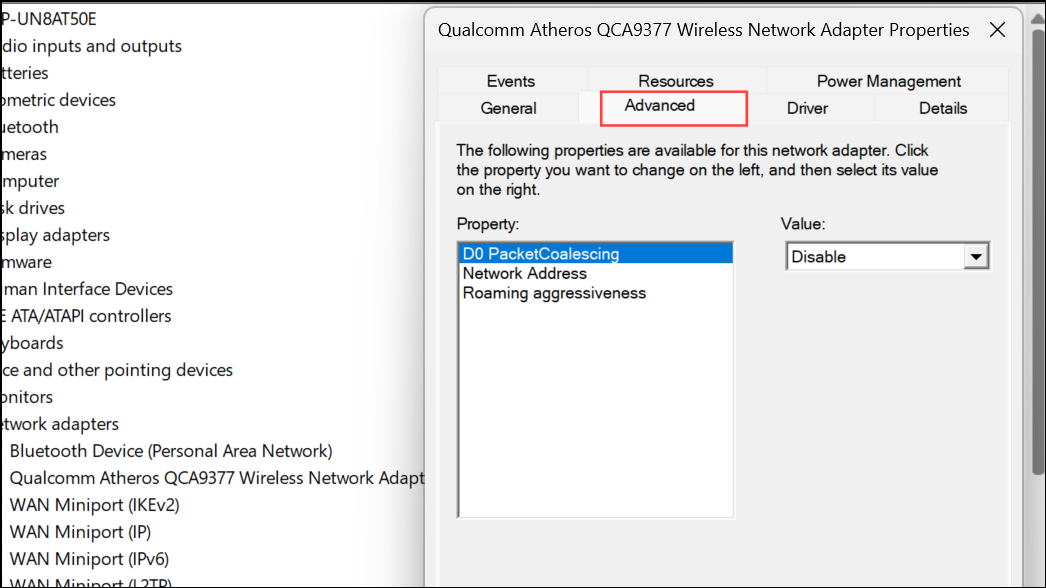
Step 2: Adjust settings such as Roaming Aggressiveness (set to Medium or Lowest to reduce unnecessary switching between networks) and Wireless Mode (match it to your router’s capabilities, e.g., 802.11ac or 802.11ax). These adjustments can stabilize your connection by preventing the adapter from searching for new networks or using incompatible wireless standards.
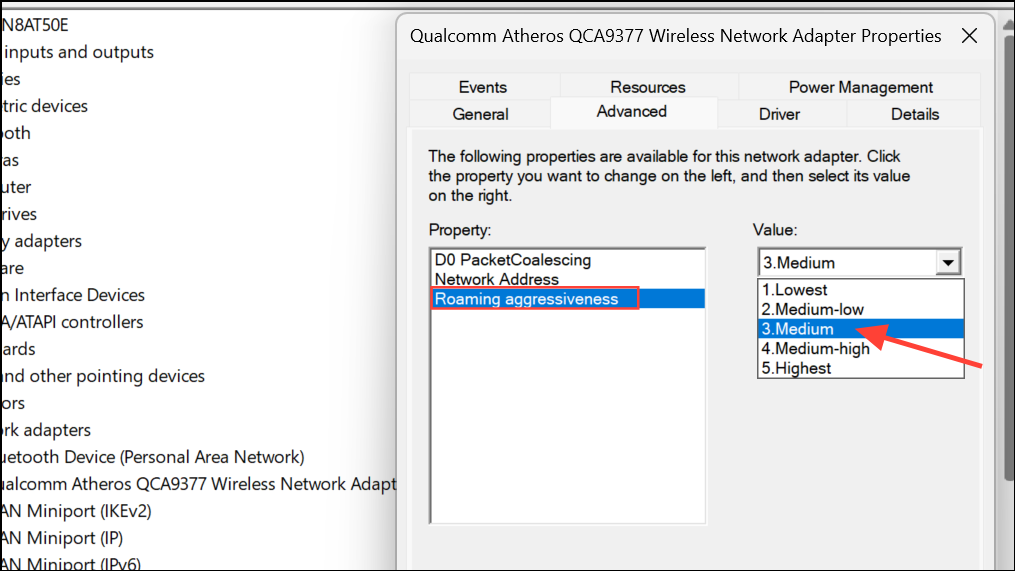
Step 3: Click OK and test your connection during regular use or high-demand activities like gaming or video streaming.
Check for Windows Updates and Optional Fixes
Step 1: Go to Settings > Windows Update > Advanced Options > Optional Updates > Other Updates. Look for recent cumulative updates (such as KB5050094) that specifically address network stability or known WiFi bugs in 24H2.
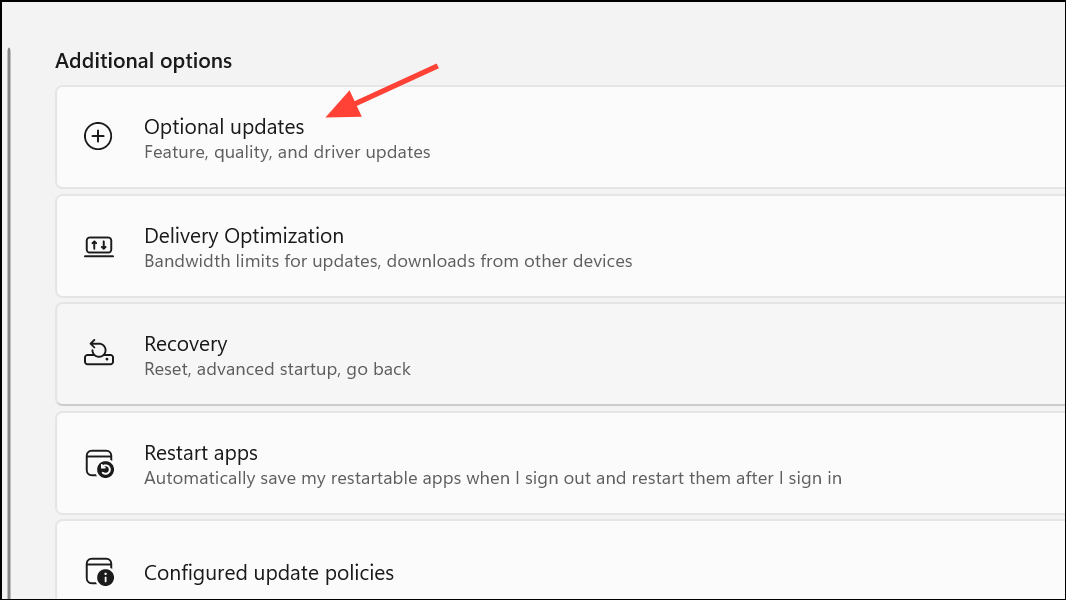
Step 2: Install any available updates and restart your device. Microsoft releases targeted fixes for high-profile issues, and installing these can resolve problems that persist after manual troubleshooting.
Step 3: If the problem continues, consider reporting it through the Feedback Hub (Windows + F) to help Microsoft identify and resolve widespread compatibility issues.
Hardware and Environmental Considerations
Step 1: If your WiFi disconnects mainly during heavy use (like gaming), overheating could be affecting your wireless adapter—especially in laptops where the network card is located near other heat-generating components. Use a cooling pad or ensure your device has adequate ventilation.
Step 2: For persistent issues, try a different WiFi channel by logging into your router’s settings and selecting a less crowded channel. Nearby networks can interfere with your connection, causing drops.
Step 3: As a temporary workaround, use a USB WiFi adapter or an Ethernet cable. If your internal network card is faulty or incompatible with the latest Windows update, these alternatives can restore reliable connectivity while you seek a permanent fix.
Additional Tips for Stable WiFi on Windows 11 24H2
- Disable VPNs or proxies temporarily to see if they are interfering with your connection.
- Remove saved networks you no longer use by going to
Settings > Network & Internet > WiFi > Manage known networks. - Turn off features like
Connect to suggested open hotspotsandPaid WiFi servicesfor more predictable network selection. - Regularly reboot your router and modem to prevent firmware-related glitches.
- Keep your router’s firmware updated for optimal compatibility with Windows 11 24H2 devices.
By following these targeted steps, you can significantly reduce or eliminate WiFi disconnects on Windows 11 24H2 and restore a stable, reliable connection for all your online activities.


